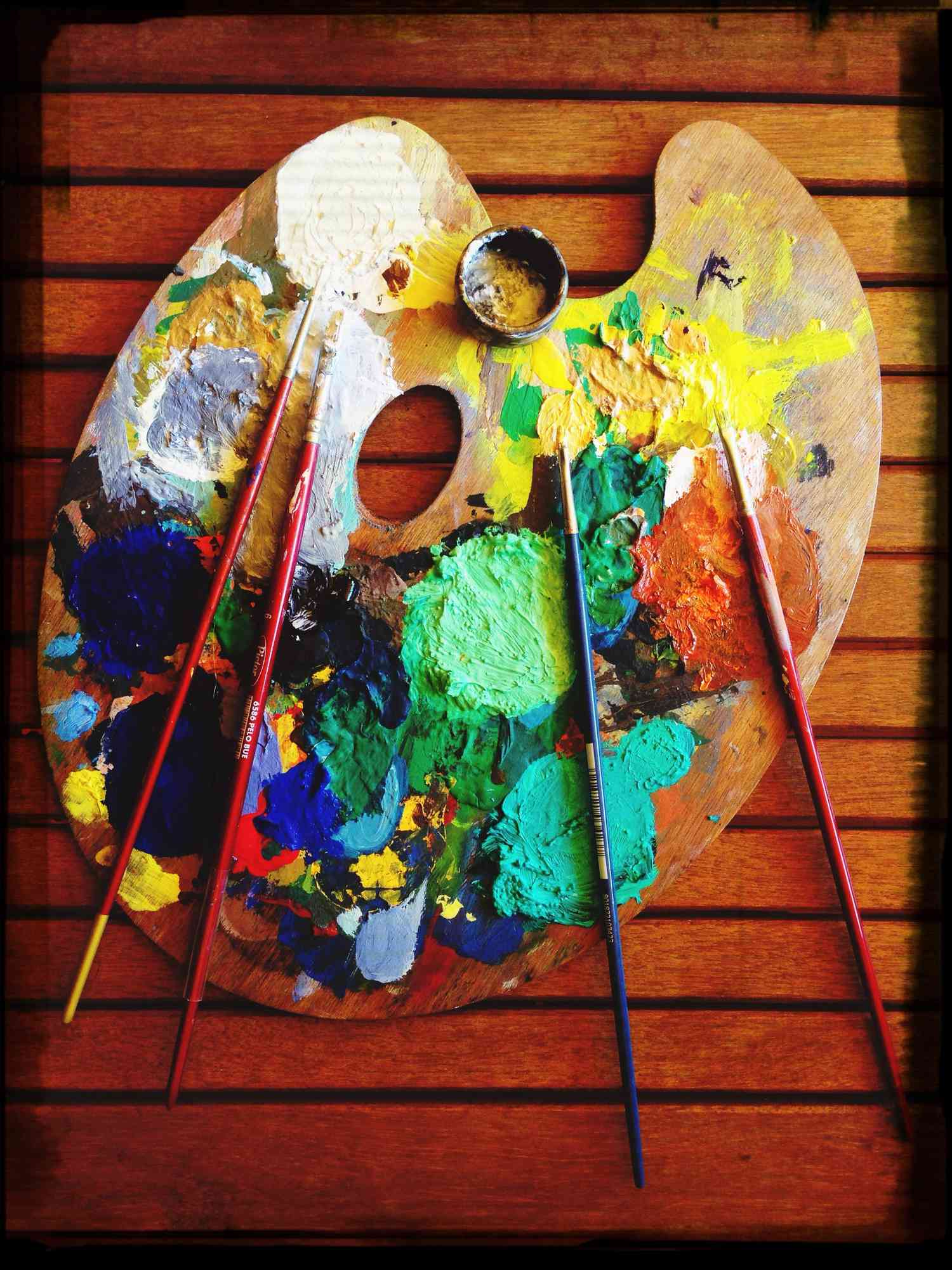Are you tired of a dull and lifeless home interior? Do you want to add some vibrancy and energy to your living space? Look no further than the power of colours! Adding colour to your home interior can transform your living space into a lively, inviting, and inspiring environment. However, playing with colours can be tricky, especially when you don't know where to start. In this article, Sunnyside will guide you on how to play with colours in your home interior, from choosing the right colour scheme to incorporating colours in different elements of your home's interior design.

Understanding the Basics of Color Schemes
Before we dive into the fun part of playing with colours, let's first understand the basics of colour schemes. A colour scheme is a combination of colours that creates a particular mood or style in your living space. There are different types of colour schemes, such as monochromatic, complementary, analogous, and triadic. Each colour scheme has its own unique features, and choosing the right one depends on your personal preference and the mood you want to create in your living space.
Choosing the Right Colour Scheme
Choosing the right colour scheme for your home interior is crucial as it sets the tone for the overall design. Here are some tips on how to choose the right colour scheme:
Start with a neutral base colour: A neutral base colour, such as white, beige, or grey, is a safe, timeless and versatile choice that allows you to add pops of colours later on.
Consider the mood you want to create: Different colours evoke different emotions. For example, blue creates a calming and soothing atmosphere, green gives you a natural, fresh look and feel, while red creates a passionate and energetic vibe. Consider the mood you want to create in your living space and choose colours that align with it.
Use the colour wheel: The colour wheel is a helpful tool for choosing colour schemes. Complementary colours, which are opposite each other on the colour wheel, create a bold and dramatic effect, while analogous colours, which are adjacent to each other, create a harmonious and cohesive look.
Incorporating Colours in Different Elements
Once you have chosen the right colour scheme, it's time to incorporate colours in different elements of your home interior. Here are some ideas on how to do it:
Walls: Painting your walls with a bold or accent colour is a great way to add personality to your living space. If you're not ready for a full colour commitment, you can also add colour through wallpapers, murals, or accent walls.
Furniture: Your furniture pieces can also be an opportunity to add colours. Consider a colourful sofa, armchair, or side table that complements your colour scheme.
Accessories: Adding colourful accessories, such as throw pillows, curtains, rugs, or artwork, can instantly brighten up your living space. You can also mix and match different patterns and textures to create a playful and eclectic look.
Tips for a Successful Colour Play
Playing with colours can be overwhelming, but with these tips, you can ensure a successful colour play in your home interior:
Stick to a cohesive colour scheme: Don't go overboard with too many colours to prevent vision clutter. Stick to your chosen colour scheme for everything you incorporate in your home to create a cohesive and balanced look. Feel free to look up Pinterest for colour inspirations.
Consider the lighting: The lighting in your living space can affect the colours. Consider the natural and artificial lighting and how they interact with your chosen colours. Consider warm light with the kelvin between 2700K to 3000K if you're creating a cosy atmosphere. For a cooler choice, use lights between 4000K to 6000K.
Start small: If you're not sure where to start, start small. Add pops of colours through accessories, and gradually add more colours as you become more comfortable with the look of your space.
Test the colours: Always test the colours before committing to them. Paint swatches, fabric samples, or digital design tools can help you visualise how the colours will look in your living space.
All in all, colour is a very important element in our home and all we need to do is to play with it, but with caution because if not, it could be chaotic. Make sure you understand the colour scheme and choose one to stick with then you will work well with the rest.
"
Often professional interior designers have a keen eye for colour, texture, and space planning. Click here to read about Tips and Strategies for Finding the Right Interior Designer to design your ideal home. Follow our socials, Instagram and Facebook for bite size information. Subscribe to our YouTube channel, Sunny Morning Films for more interesting contents."



